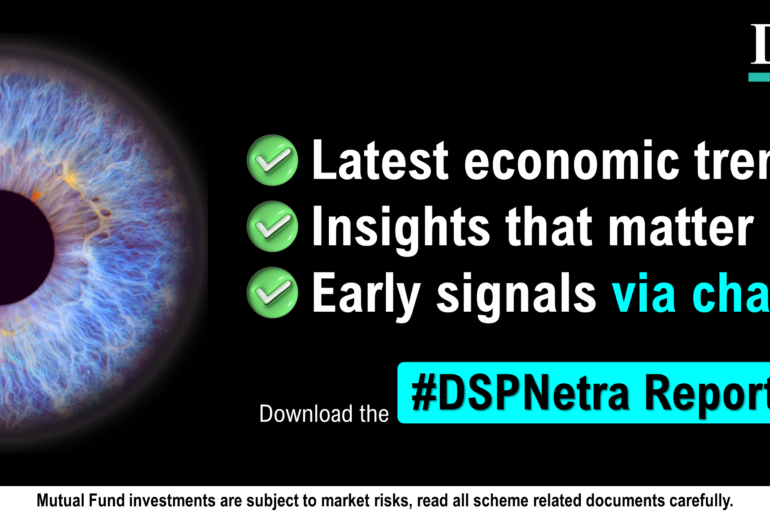Last Updated on Nov 23, 2022 by
A company’s annual report is the ideal starting point while analysing a company. Intelligent investing requires analysing a vast amount of information about the company and the industry that it operates in, including making judgments on their respective growth rates.
Key components unique to an annual report
- Corporate overview – This is the primary component of an annual report which tells you about the company’s vision, foundation, past milestones, and also about the industry
- Management discussion and analysis – A detailed analysis conducted by the company’s key executives gives you a good idea of the milestones the managers set for the future and how they intend to achieve them.
- Corporate Governance Report – As ESG investing gets more central to the broader investing philosophy, this portion of the annual report will get more attention. Usually, a good place to find red flags about compensation and board placements.
Table of Contents
Things we at Craving Alpha focus on in an annual report
- The financials – 10 yrs ago, the annual reports were the only source for a company’s financials. With the advent of online fintech databases and screeners, it’s no longer the case! While you can get all the key financial numbers over the internet, a few key components are only available in an annual report!
- Notes to financial statements- Contains key details on investments in listed and non-listed equity to find any hidden value on their books. It is important to look for depreciation, revenue recognition, and how they expense or capitalise R&D expenses. Along with details on secured/ unsecured trade receivables and cash in hand. In the excerpt from Balkrishna Industries Annual Report 2022, we can see that 90% of their receivables are secured and their cash on hand!
- The three financial statements: The balance sheet, profit & loss, and cash flow statements, together can show you financial health and where a company has its highest expenses!
For example, a company with high marketing expenses might have difficulty retaining clients and gaining market share. The cash flow statement shows how a company pays its debts and collects on sales. - Management discussion and analysis: This is our favourite part. It showcases,
- Economy growth – Gives you an idea of the growth potential in the economies it operates in. Remember, even the best companies can’t grow if they operate in economies that aren’t growing.
- Industry growth – This shows you what the executives think about the industry and its growth potential. Also gives you a very clear idea about which subsector of an industry the company operates in and the variables that impact the company.
- SWOT – The MD&A (Management Discussion and Analysis) provides you with a SWOT analysis comprehensively curated by managers and executives instead of analysts.
- Risks and risk mitigation – It is important to see what risks the companies are exposed to and how they plan to mitigate them. Also lets you hedge variables and tells you if there’s anything unusual you should be aware of.
- Project and expansion – As a prospective investor, this portion allows you to know their current capacity, output potential, and expansions they undertake with the future outlook they aim to achieve from that.
Case study: Balkrishna Industries
From FY2017
From FY2022
The annual reports, 5 yrs apart, talk about the key issues the company was facing during their respective years and where they were looking for reversals and signs of strength.
In both annual reports, the management wrote, “Company continues to explore all the avenues to ensure the growth of its business which includes deeper penetration into new and existing markets”. Instances like this show the management’s commitment to the vision and growth of the company.
The FY2022 annual report mentioned how they undertook Carbon Black manufacturing, which worked as a boon. While no other tire company had the vision to do this, BKT’s management delivered growth expectations.
In the portion within the red box above, the management defines their MOAT. They define their competitive edge, the industries they operate in, and the cyclicality of the business.
Conclusion
In the 1994 AGM of Berkshire Hathaway, Warren Buffett said, “Never ask a barber if you need a haircut”, about building your investment rationale based on an annual report. However, it is the best place to start. The other key document we use to build our conviction is rating reports; however, when investing in debt-free companies, which are often not available. Transcripts of con-calls are a great resource as they give you a deeper understanding of the business and an idea of the other institutional shareholders interested in the company.
This article was written by Mayank Mehraa from Craving Alpha. Craving Alpha’s Core Value Investing smallcase puts the above research principles to practise in their portfolio selection.
- Decoding Credit Ratings and Their Ripple Effects - Nov 6, 2023
- The Impact of Market Volatility on Tactical Investing - May 12, 2023
- Can Fixed Income Help a Portfolio During Volatile Times? - Feb 20, 2023



